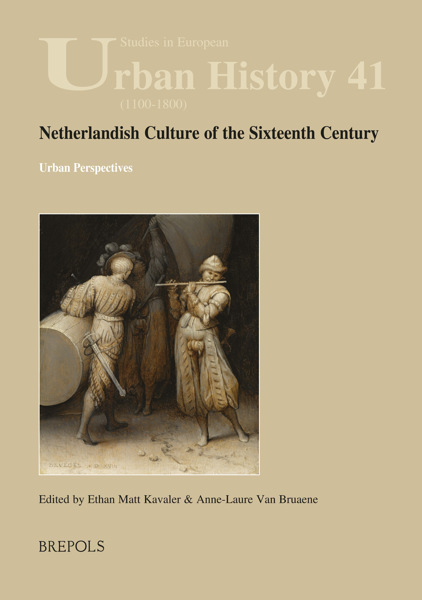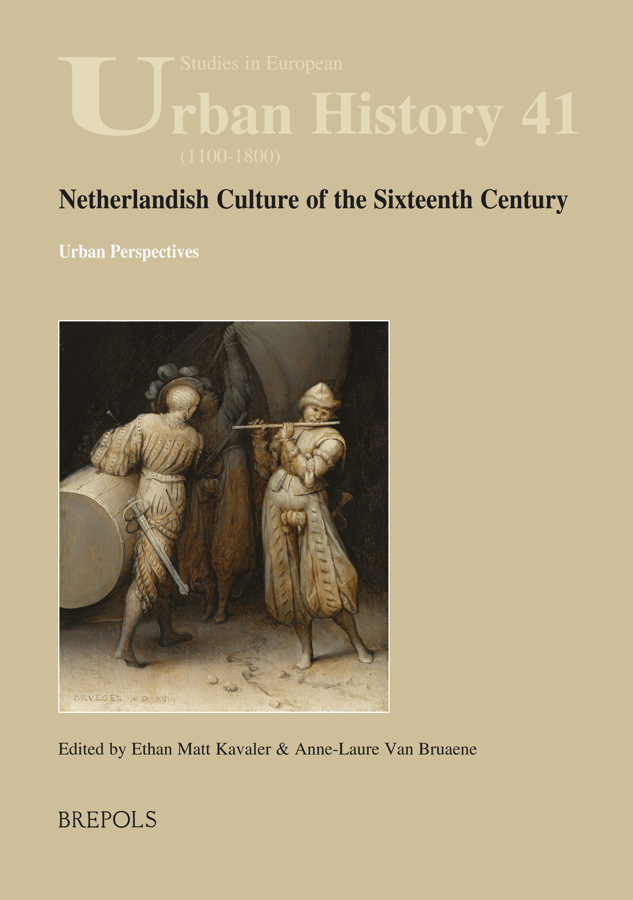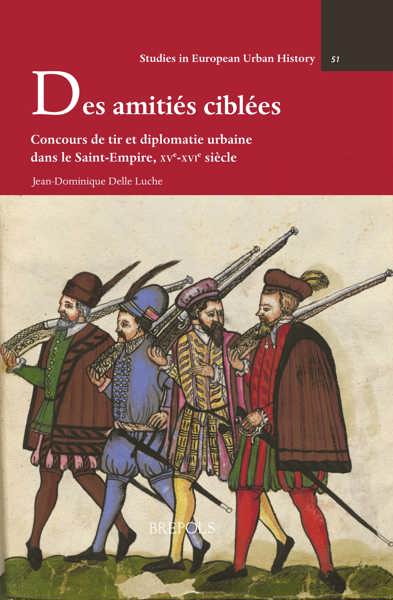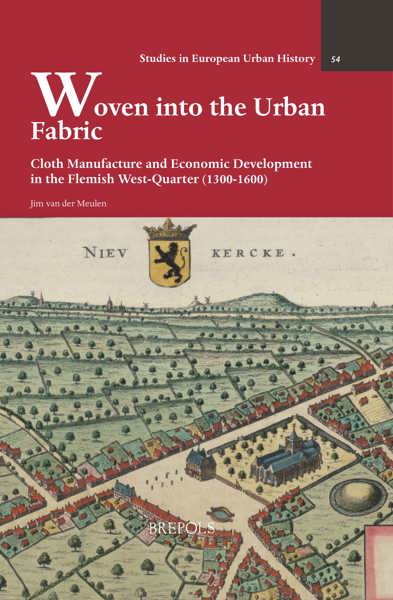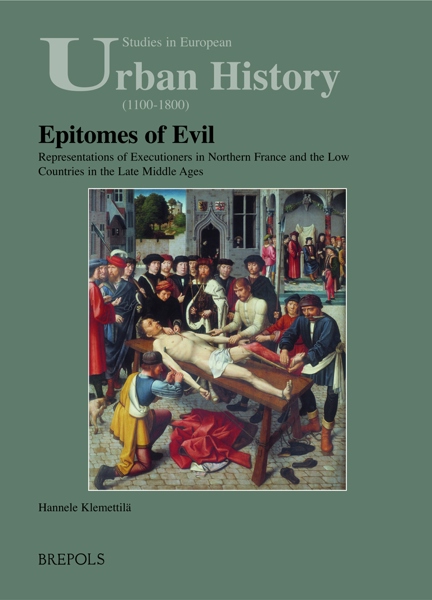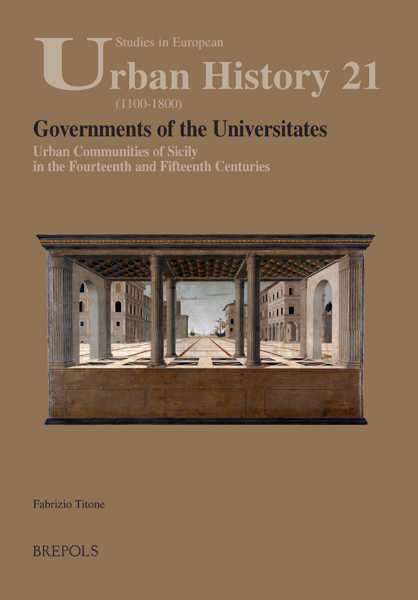
Netherlandish Culture of the Sixteenth Century
Urban Perspectives
Ethan Matt Kavaler, Anne-Laure Van Bruaene (eds)
- Pages: xvi + 388 p.
- Size:178 x 254 mm
- Illustrations:110 b/w, 3 tables b/w.
- Language(s):English
- Publication Year:2018
- € 110,00 EXCL. VAT RETAIL PRICE
- ISBN: 978-2-503-57582-7
- Paperback
- Available
- € 110,00 EXCL. VAT RETAIL PRICE
- ISBN: 978-2-503-57741-8
- E-book
- Available
A selection of essays by an international group of historians and art historians on the rich urban culture of the sixteenth-century Low Countries.
“(...) a stimulating and rewarding resource for students of the sixteenth-century Netherlands.” (Larry Silver, in Historians of Netherlandish Art Reviews, September 2018)
“(…) as a whole, the volume not only greatly enriches our knowledge of sixteenth-century Netherlandish culture but also presents some new approaches to exploring the dynamics of the cities that have continued to shape urban life up to the modern age.” (Christine Göttler, in Renaissance Quarterly, LXXIV/3, 2021, p. 1001)
Ethan Matt Kavaler is Director of the Centre for Reformation and Renaissance Studies and Professor of Art History at the University of Toronto. He specializes in early modern Netherlandish art and Gothic art and architecture throughout northern Europe. He is the author of Pieter Bruegel: Parables of Order and Enterprise and Renaissance Gothic: Architecture and the Arts in Northern Europe 1470-1540. He is now writing a book on Netherlandish sculpture of the sixteenth century.
Anne-Laure Van Bruaene is Professor of Early Modern Cultural History at Ghent University. She specializes in the urban culture of the late medieval and early modern Low Countries. Her research interests include the history of guilds and confraternities and the social contexts of art, literature and religion. She is the author of Om beters wille. Rederijkerskamers en de stedelijke cultuur in de Zuidelijke Nederlanden (1400-1650).
The authors of this volume examine various fields of cultural discourse in the Netherlands of the sixteenth century: the political, commercial, religious, artistic, and sensory domains, and less obviously metaphysical properties like time and space. What defined the Low Countries were not its borders and its territories but its cities, and their economies dominated political relations. A dense network of large cities and small towns developed hand in hand with a broad range of textile and luxury industries. In Antwerp, culture was commerce: its art and printing industries catered to much of the Western world and, at the same time, carved a confident self-image celebrating the liberal arts as a means of social and self-improvement. Antwerp is omnipresent in this book, with essays on its painting, printing, politics, and public festivals. But other cities such as Bruges, Leuven, and Leiden also figure prominently. It was precisely the interconnectedness of urban centers, large, middle and small, rather than their autonomous character, that defined civic culture in the Low Countries. Among the topics treated are differing notions of urban topography, the dialogue between city and court, issues of censorship, and the sensory and psychological response to texts and images.
E. M. Kavaler & A.-L. Van Bruaene, Introduction
Space & Time
J. De Rock, From Generic Image to Individualized Portrait. The Pictorial City View in the Sixteenth-Century Low Countries
E. M. Kavaler, Mapping Time. The Netherlandish Carved Altarpiece in the Early Sixteenth Century
S. Mareel, Making a Room of One’s Own. Place, Space, and Literary Performance in Sixteenth-Century Bruges
Guilds & Artistic Identities
R. Adam, Living and Printing in Antwerp in the Late Fifteenth and Early Sixteenth Centuries. A Social Enquiry
A. Glover, What Constitutes Sculpture? The Guild Dispute of 1544 over the Saint Gertrude Choir Stalls in Leuven
K. De Jonge, Tales of the City. The Image of the Netherlandish Artist in the Sixteenth Century
Dialogues between City and Court
E. Neumann, Inventing Europe in Antwerp’s 1520 Entry for Charles V. An Erasmian Allegory in the Face of Global Empire
S. Bussels & B. Van Oostveldt, ‘Restored Behaviour’ and the Performance of the City Maiden in Joyous Entries into Antwerp
V. Soen, Habsburg Political Culture and Antwerp Defiant. Pacification Strategies of Governors-General during the Dutch Revolt (1566–1586)
O. Horbatsch, Printing the Female Ruler. Nicolas Hogenberg’s Death of Margaret of Austria (1531)
The Poetics of History and Mythology
M. A. Bass, Batavia, the New World, and the Origins of Humankind in Jan Mostaert’s Eve and Four Children
G. Fiorenza, Frans Floris and the Poetics of Mythological Painting in Antwerp
T. H. Uchacz, Mars, Venus, and Vulcan. Equivocal Erotics and Art in Sixteenth-Century Antwerp
Literary Practices: License and its Limits
D. E. H. De Boer, Fun, Greed, and Popular Culture. Lotteries and Lottery-Rhymes as a Mirror of the Cultural Legacy of the Low Countries’ ‘Long Sixteenth Century’
A.-L. Van Bruaene, State of Play. Rhetorician Drama and the Ambiguities of Censorship in the Early Modern Low Countries
Cognitive and Affective Strategies
H. Roodenburg, Continuities or Discontinuities? Exploring Affective Piety in the Sixteenth-Century Low Countries
K. Jonckheere, The Timanthes Effect. Another Note on the Historical Explanation of Pictures
Beyond the Low Countries
K. Ottenheym, A Missing Link? Sixteenth-Century Protestant Basilicas by Netherlandish Architects outside the Low Countries
N. Lamal & H. Cools, An Italian Voice on the Dutch Revolt. The Work of Francesco Lanario in a European Perspective
